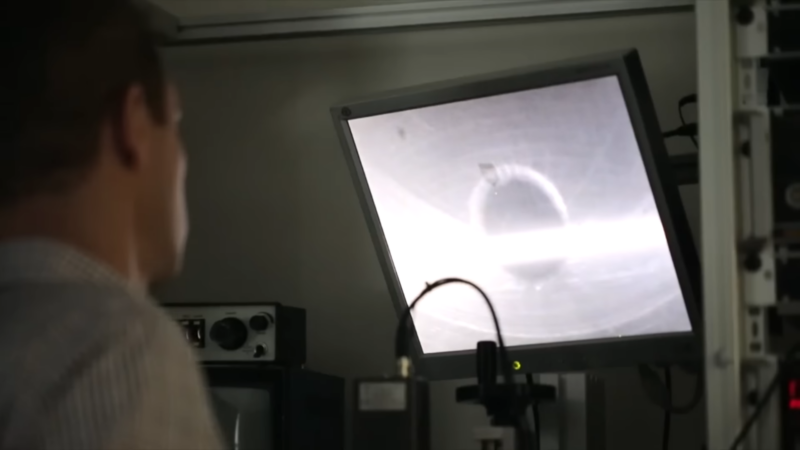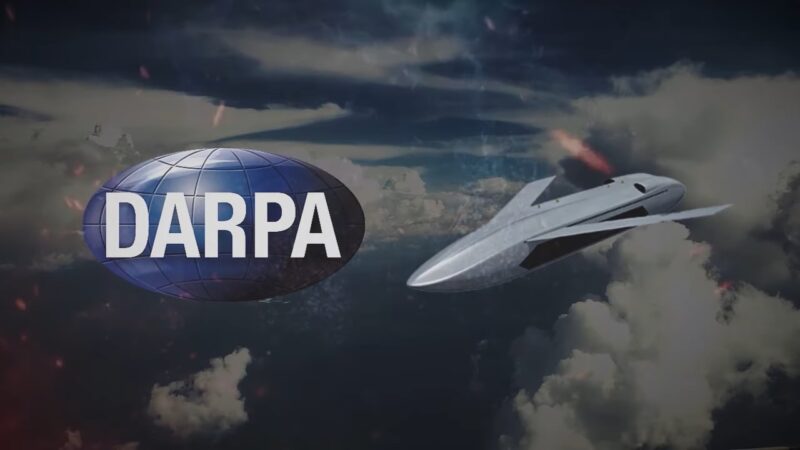The pursuit of developing advanced vertical takeoff drones through DARPA’s ANCILLARY program holds promise to benefit national security objectives. Six companies – including firms with established experience plus newcomers – will endeavor to design light, shipboard-launchable aircraft through collaboration.
Successfully designing drones capable of smooth launch and recovery from moving carriers/ships poses technical hurdles. Program participants must effectively test innovations while controlling costs. Close cooperation between engineers and end-users will likewise help optimize design specifications.
Previous breakthroughs imply technological challenges can be overcome through determination and open partnership across organizations. With sustained progress, ANCILLARY efforts may ultimately equip naval vessels with enhanced reconnaissance and firepower regardless of nearby airfields – strengthening strategic positioning and crew protection overseas.
DARPA’s goal is to create a drone that can operate without large launch and recovery equipment, making it easier to deploy from Navy ships. These drones will be used for various tasks such as cargo transport, intelligence, surveillance, reconnaissance missions, and tracking targets beyond a ship’s line of sight.
The drones must be capable of taking off and landing like a helicopter and flying like a fixed-wing aircraft, even in adverse weather conditions.

Steve Komadina, DARPA program manager, stated that the ANCILLARY program aims to significantly enhance the capabilities of small vertical takeoff and landing drones. The focus is on increasing payload capacity, range, and endurance without needing specialized infrastructure.
The Navy and Marine Corps are expected to be the primary users of this technology, but it could also benefit the Army, Air Force, Coast Guard, and U.S. Special Operations Command. Initially, nine companies were invited to pitch their concepts for ANCILLARY, and now six have been selected to move forward.
These companies will enter a 10-month phase to refine their designs and conduct hover tests. The next phase will involve fabrication and flight testing, with formal flight tests anticipated to start in early 2026.

Christopher Harris, Northrop’s program manager for ANCILLARY, explained that their design incorporates autonomous capabilities, vertical takeoff and landing, and long-endurance aircraft design. Their drone will carry payloads up to 60 pounds and fly up to 100 nautical miles for 20 hours, using a combination of rotors for takeoff, landing, and forward flight.
The initiative by Sikorsky to test a rotor-blown wing design transitioning seamlessly between vertical take-off and cruising flight demonstrates a commitment to refining aviation technology for the betterment of service members and operational objectives.
This innovative approach, starting with a battery-powered prototype and aiming eventually for a hybrid electric model capable of lugging a 60-pound load, shows great promise for enhancing endurance and efficiency to complete crucial missions.
Method Aeronautics, in collaboration with Sierra Nevada Corp. and Bechamo, is also developing a design focused on efficient vertical takeoff and landing capabilities for Group 3 drones, which weigh under 1,320 pounds and fly up to 250 knots.
These developments are part of DARPA’s efforts to advance drone technology for military applications, enhancing the operational capabilities of U.S. forces.








